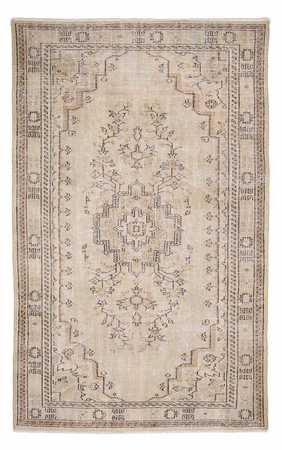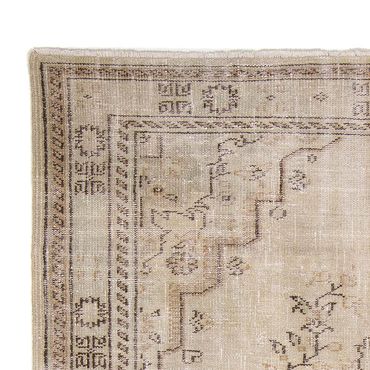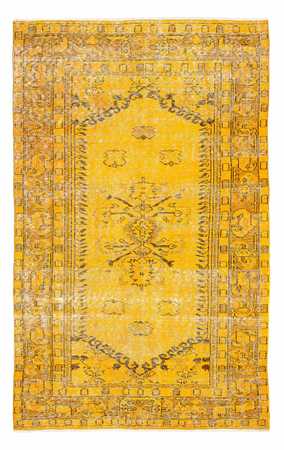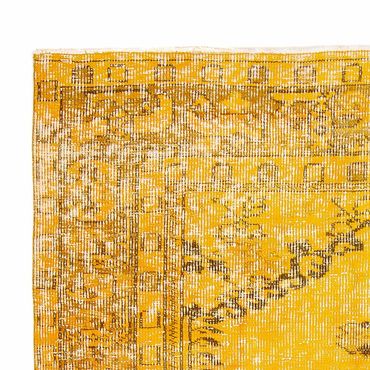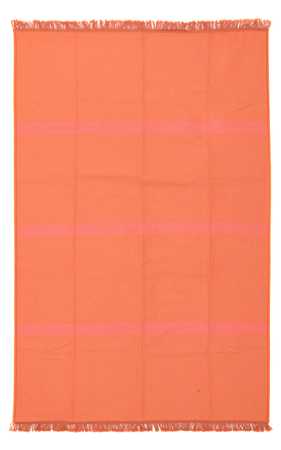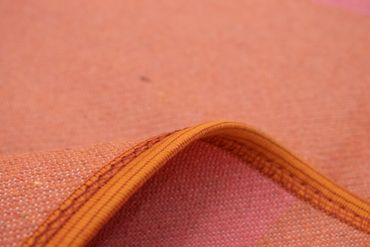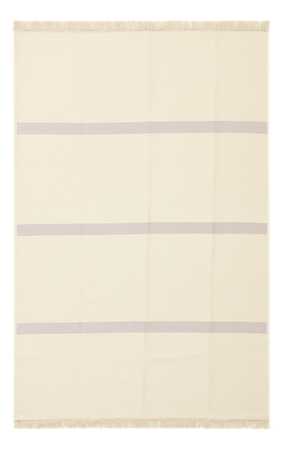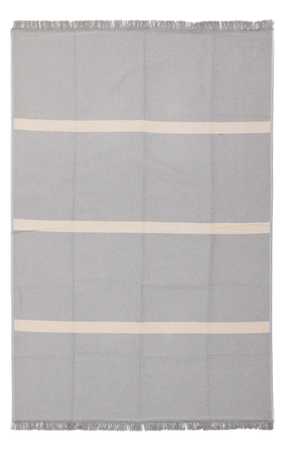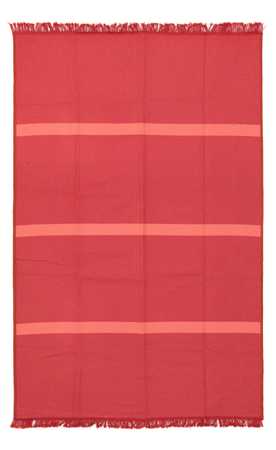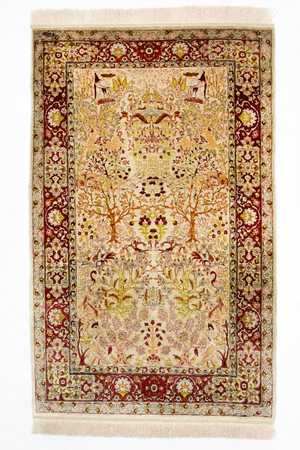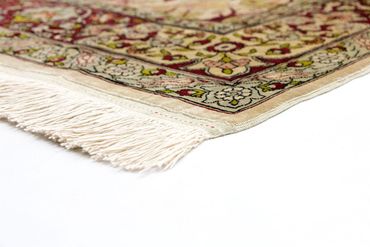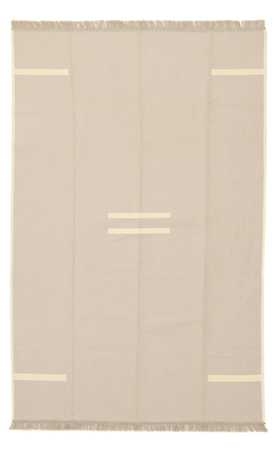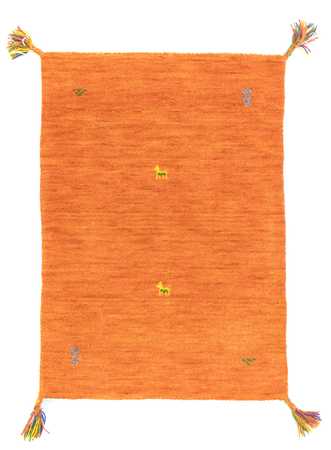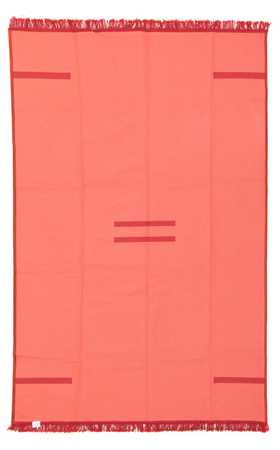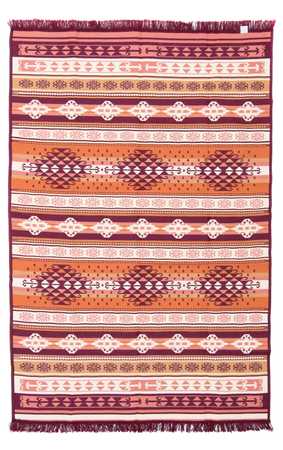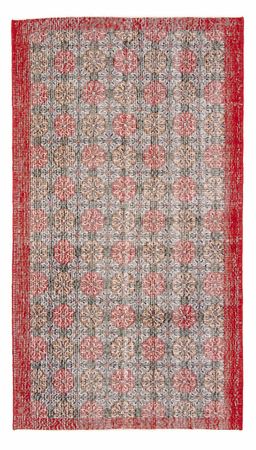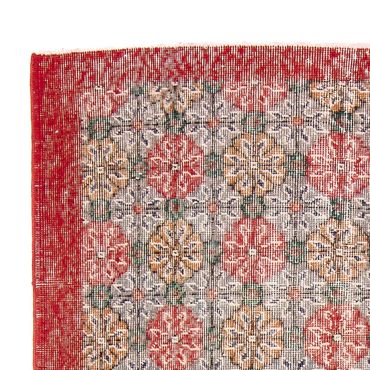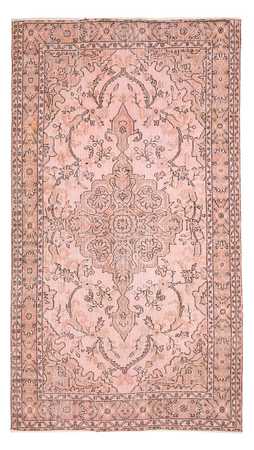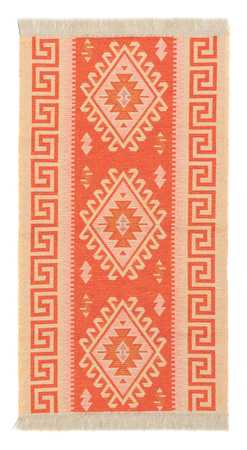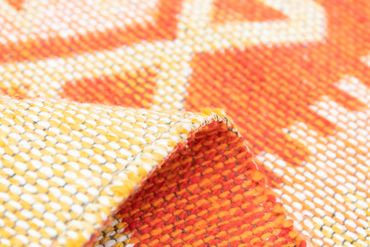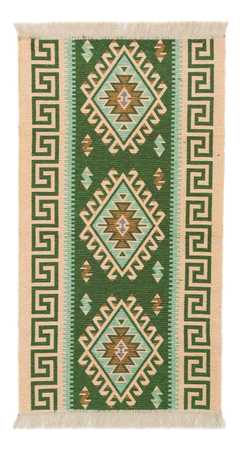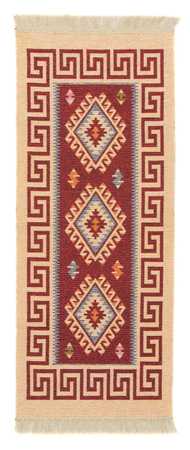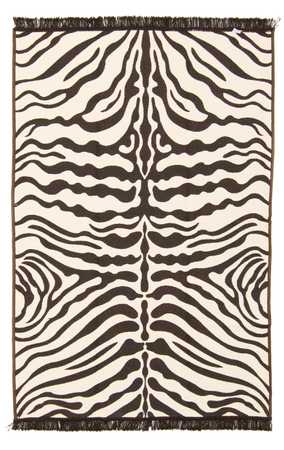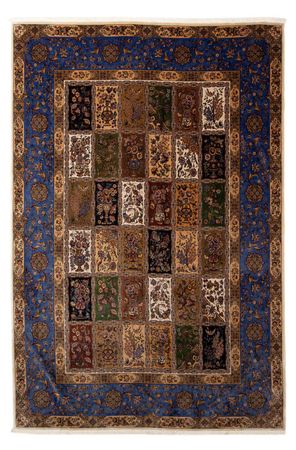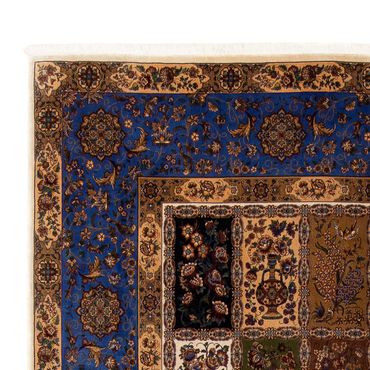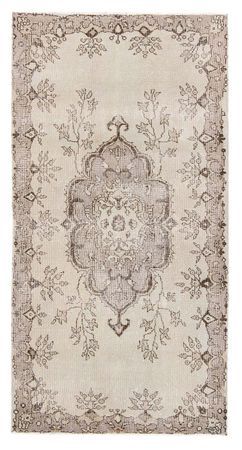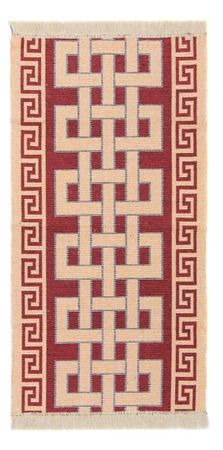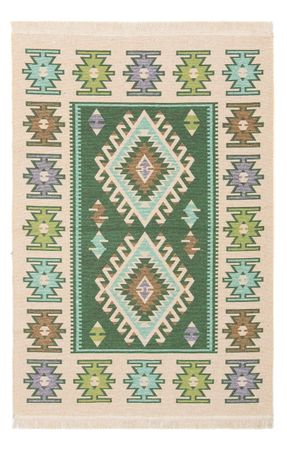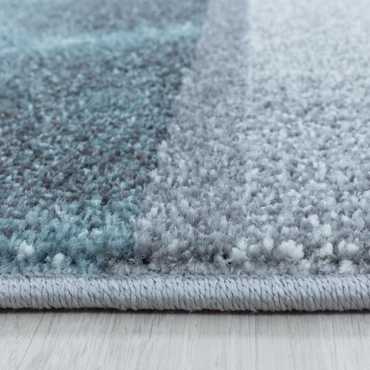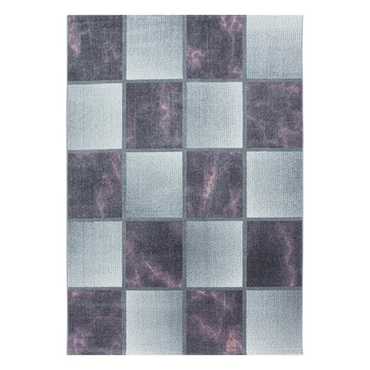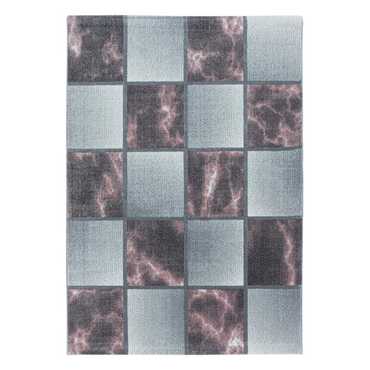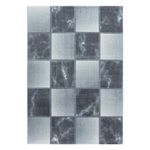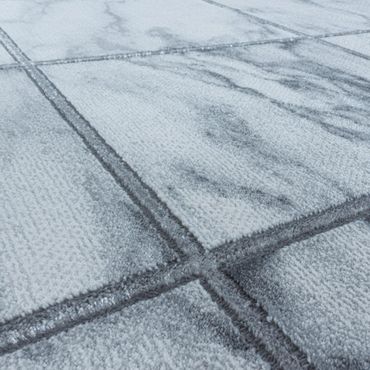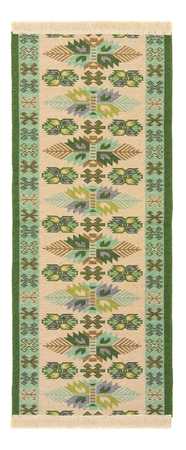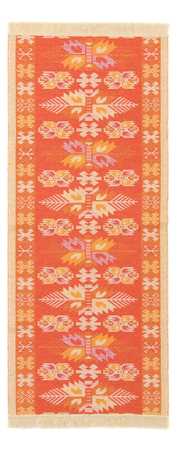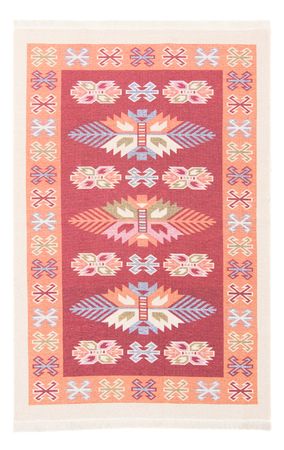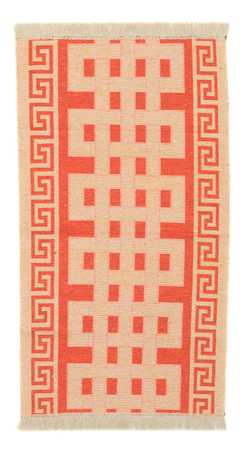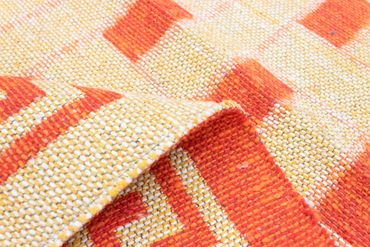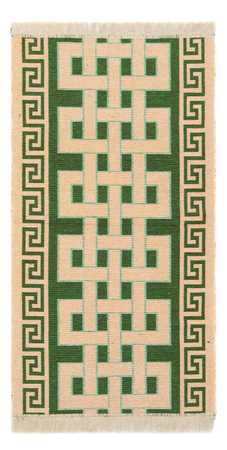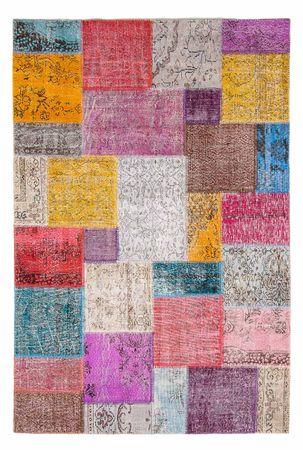- Vintage Rug -
292 x 1741,232 US$
Turkish Rugs
(171 Rugs)
Experience the artistic designs and vibrant colors of Turkish rugs, adding charm to any room.
- Vintage Rug -
269 x 1651,079 US$2,088 US$
-
- Kelim Rug - Trendy - Veria - rectanglefrom 109 US$
- Kelim Rug - Trendy - Veria - rectanglefrom 109 US$
- Kelim Rug - Trendy - Veria - rectanglefrom 109 US$
- Kelim Rug - Trendy - Veria - rectanglefrom 109 US$
- Kelim Rug - Trendy - Veria - rectanglefrom 109 US$
![Orange]()
![Beige]()
![Silver]()
![Purple]()
![Red]()
-
- Silk Rug - Hereke silk - Premium -
150 x 9211,386 US$27,082 US$
-
- Kelim Rug - Trendy - Alaya - rectanglefrom 109 US$
204 US$ - Kelim Rug - Trendy - Alaya - rectanglefrom 109 US$
217 US$ - Kelim Rug - Trendy - Alaya - rectanglefrom 109 US$
214 US$ - Kelim Rug - Trendy - Alaya - rectanglefrom 125 US$
242 US$ - Kelim Rug - Trendy - Alaya - rectanglefrom 109 US$
209 US$
![Silver]()
![Beige]()
![Purple]()
![Orange]()
![Red]()
-
- Kelim Rug - Trendy - Avita - rectanglefrom 82 US$
-
- Vintage Rug -
205 x 120478 US$
-
- Vintage Rug -
263 x 155993 US$
-
- Kelim Rug - Trendy - Phönix - rectanglefrom 45 US$
85 US$ - Kelim Rug - Trendy - Phönix - rectanglefrom 45 US$
86 US$ - Kelim Rug - Trendy - Phönix - rectanglefrom 45 US$
90 US$ - Kelim Rug - Trendy - Phönix - rectanglefrom 45 US$
84 US$
![Orange]()
![Blue]()
![Green]()
![Red]()
-
- Kelim Rug - Trendy - Munita - rectanglefrom 82 US$
164 US$
-
- Silk Rug - Kayseri -
127 x 90272 US$
-
- Perser Rug - Ghom -
230 x 1604,236 US$
-
- Runner Vintage Rug -
213 x 112588 US$
-
- Kelim Rug - Trendy - Nil - rectanglefrom 54 US$
99 US$
![Red]()
-
- Kelim Rug - Trendy - Ariz - rectanglefrom 56 US$
110 US$
![Green]()
-
- Silk Rug - Hereke silk - Premium -
100 x 646,035 US$14,895 US$
-
- Low-Pile Rug - Olga - rectanglefrom 91 US$
172 US$ - Low-Pile Rug - Olga - rectanglefrom 91 US$
164 US$ - Low-Pile Rug - Olga - rectanglefrom 91 US$
169 US$ - Low-Pile Rug - Olga - rectanglefrom 91 US$
168 US$
![Blue]()
![Grey]()
![Purple]()
![Pink]()
-
- Low-Pile Rug - Nico - rectanglefrom 109 US$
218 US$
-
- Children's Rug - Felice - rectanglefrom 86 US$
169 US$
![Blue]()
-
- Kelim Rug - Trendy - Irena - rectanglefrom 82 US$
-
- Kelim Rug - Trendy - Gizeh - runnerfrom 57 US$
104 US$ - Kelim Rug - Trendy - Gizeh - runnerfrom 63 US$
118 US$ - Kelim Rug - Trendy - Gizeh - runnerfrom 63 US$
117 US$
![Blue]()
![Green]()
![Orange]()
-
- Kelim Rug - Trendy - Gizeh - rectanglefrom 57 US$
108 US$ - Kelim Rug - Trendy - Gizeh - rectanglefrom 57 US$
106 US$ - Kelim Rug - Trendy - Gizeh - rectanglefrom 57 US$
106 US$ - Kelim Rug - Trendy - Gizeh - rectanglefrom 57 US$
112 US$
![Orange]()
![Blue]()
![Green]()
![Red]()
-
- Kelim Rug - Trendy - Nil - rectanglefrom 54 US$
- Kelim Rug - Trendy - Nil - rectanglefrom 54 US$
- Kelim Rug - Trendy - Nil - rectanglefrom 54 US$
![Orange]()
![Blue]()
![Green]()
-
- Kelim Rug - Trendy - Bright - rectanglefrom 82 US$
151 US$
-
- Vintage Rug -
217 x 118802 US$
-
- Vintage Rug -
294 x 1731,232 US$2,250 US$
-
- Patchwork Rug -
240 x 170993 US$
-
- Patchwork Rug -
241 x 173871 US$
-
- Patchwork Rug -
300 x 2501,297 US$
-
Turkish Rugs: Immerse in the Legacy of Anatolian Weaving
For a long time, Turkey - together with Iran - was by far the most important country of origin for hand-knotted rugs. Names like Ladik, Taspinar, or Yalameh inspire rug lovers all over the world. The magnificent Turkish oriental rugs have a unique exceptional position among all home accessories. A rug is like a painting on the floor. Rich in detail and stylishly patterned, it is a composition of colors and motifs as an expression of the weavers' souls. The representations of Turkish rugs are countless. Each pattern, creature, plant, and color has its own story. A spider saved the life of the Prophet, the motif of this animal is often represented. Tulips are represented, these flowers originally came from Central Anatolia.
Three essential characteristics of a hand-knotted rug
Turkish rugs have the three essential characteristics of hand-knotted rugs. They are:
- Wool on wool: this type of knotting gives the rug a very strong texture due to thicker wool threads and the coarse weave.
- Wool on cotton: The rug is created by knotting a wool thread around a crosswise cotton thread. Fine patterns are created.
- Silk: Turkish silk rugs such as those from Hereke, Kayseri, and Kum-Kapu achieved world fame. Hereke rugs were promoted by the art-loving Sultan Abd-ul-Medjid, who ruled the country from 1839 to 1861. In 1844, he had the court weaving mills moved to Hereke. The Hereke silk rugs have since written rug knotting history with their fabulous fineness of up to six million knots per square meter. Antique examples fetch top prices at auctions.
The variety of Turkish rugs
These colorful rugs differ from all other oriental rugs in one essential point: They are the only rugs in the world with double knotting. In technical terms, each knot is supported twice, which is why Turkish rugs are basically slightly more durable than other hand-knotted varieties. The handwork can be seen when you turn the rug and look at the fringe around the edge: In a machine-made rug, the edge is sewn around; in a hand-knotted one, the fringe holds it in place. When you pull this, the fringe gives over the entire width of the rug.
The Turkish rug is not only a beautiful floor covering
Since rug knotting is one of the traditional crafts and cultural assets with over 3,000 years of history, Turkish rugs are much more than beautiful floor coverings. Throughout the history of Anatolia, rug weavers incorporated a wide variety of cultural influences into their designs. rug designs today include ornaments of ancient Anatolian peoples as well as traditional decorations of Turkic peoples who once migrated from Central Asia. Later, the essential influence of Islam was added. Therefore, the patterns of rug weaving are a historical reflection of the region.
Beautiful Kayseri rugs from Turkey
A special variety of Turkish rugs are the Kayseri rugs made of fine natural silk. This gives them exceptionally vivid, very decorative color combinations. The very fine knots allow the pile to show all the details of the design magnificently. The unique color harmony and different formats make Kayseri rugs suitable for classic and modern furnished living rooms.
Valuable Turkish rugs
Nameless artists create valuable Turkish rugs by hand. They are in great demand internationally and are becoming more and more valuable. The place of production Hereke is now world famous.
Turkish rugs - the art of knotting from Hereke to Kayseri to Kars
You can lay out a rug from Hereke, Kayseri, or Kars or use it as a wall hanging. Turkish rugs are extremely decorative objects that are used and therefore inherited over the generations. In any room, they create an exclusive atmosphere.
The oldest knotted rug in the world
Russian archaeologist Sergei Rudenko found the world's first hand-knotted rug in Siberia in 1949: It was the burial of a prince in the Altai. This Pazyryk rug is believed to be 2,500 years old; it now hangs in the Hermitage in St. Petersburg.
Why wool?
The most important material for rugs is virgin wool, preferably highland sheep wool. It ensures durable, & a long-lasting quality. During processing, the liveliness of the material is preserved. New wool is antistatic. It does not charge. Wool does not attract dust and does not bind dirt. It can be washed very well.
Virgin wool is flame retardant, has a high ignition temperature, and is ideal for hotels and restaurants. It can be dyed excellently. The color penetrates deep into the core, creating rich, bright, expressive tones.
Wool has bounce, and the pile yields and straightens. This is how the wonderful walking feeling is created. The material has a thermal insulating effect, a rug made of virgin wool brings comfort and warmth into the room.
The colors of the sky and the earth
Oriental rugs stand out because of their strong tones, dyed with pure vegetable dyes. They are boiled into the wool at 35 to 42 degrees, then the fibers accept them best. They do not fade and are still radiant after decades as if the rug was new.
There are colors full of fire and energy and colors that give warmth, blue represents the sky, eternity, and water. Green represents the awakening of spring. Red is the color of blood and love.
Turkish rugs in gray or beige are modern and versatile. Like contemporary art, they correspond to contemporary styles. Simple, puritanical, straightforward.
Quality features
A good rug has tangible quality characteristics. Touch it, graze the surface. The denser the pile feels, the less it moves, and the higher quality a rug is. Look at the back. Small knots and a high density of knots indicate a high-quality rug.
If the rug is wool, it should always be highland wool. This is greasy and therefore more elastic. It can be processed more finely. Traditional & elaborate hand-knotted is the highest quality production.
With a hand-knotted rug, you always have two sides. One light and one dark. The dark side is where the knotting begins. A machine-woven rug is not knotted but only napped. This makes the pile horizontal, there is no light or dark side.
Tradition meets modernity
Today Turkish rugs are a unique souvenir and are one of the most popular home accessories. You bring a piece of cultural history into your home. From the oriental rugs of Yester year, rugs like contemporary works of art are created in Turkey today. Very beautiful, modern Turkish rugs are patchwork rugs. They combine the old with the new. The touch of antiquity and the fantasy of modernity meet.
These meetings of yesterday and today, of old classics with contemporary colors, are very exciting. These rugs are among the most modern and sought-after that rug art has to offer today.
An oriental rug is more than a floor protector. Patterns and colors are a language without words. Symbols serve as a means of communication between peoples and countries. Like beautiful music or a beautiful painting, a handmade rug triggers emotions. Traditionally & intricately hand-knotted, it is unique with history, energy, and character.
